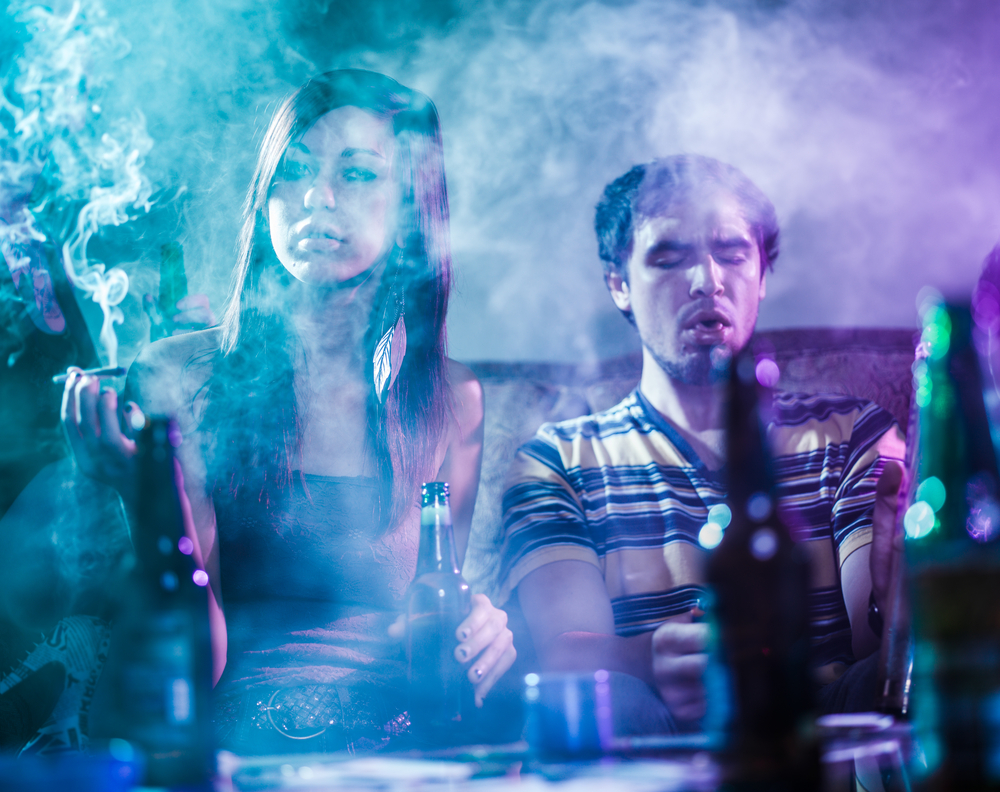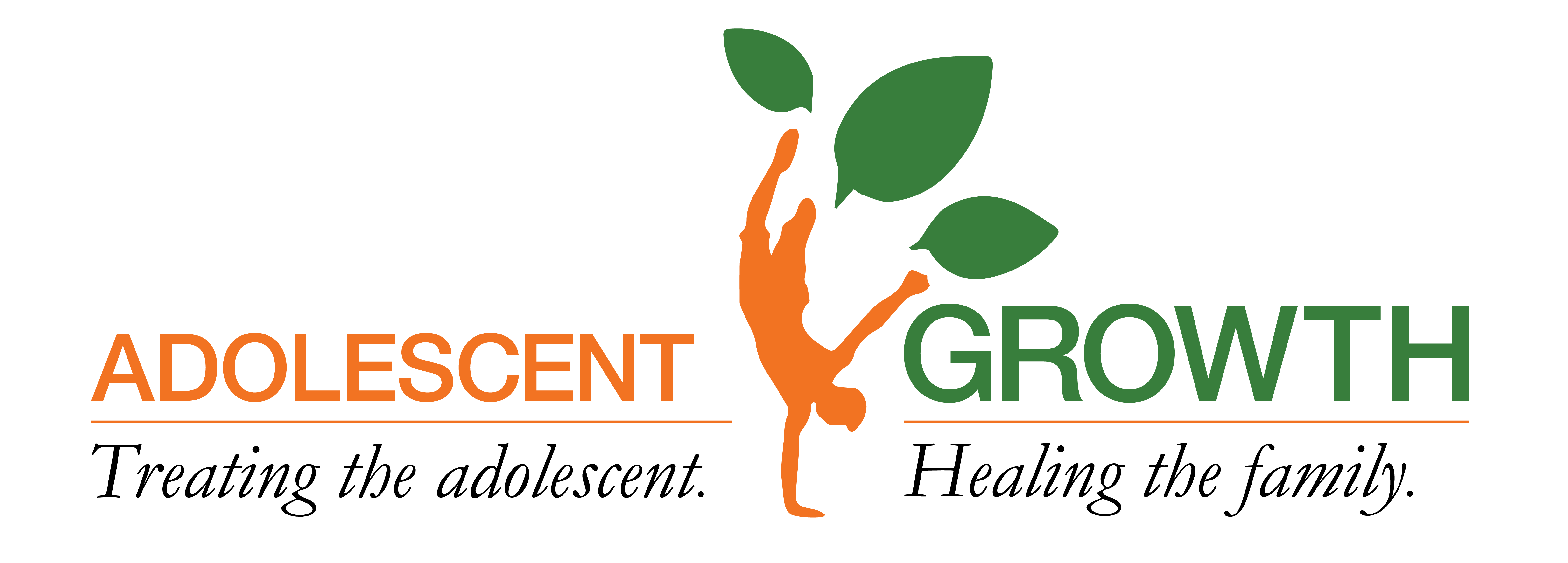Top 5 Drugs That American Teens are Abusing

When we consider the ramifications of addiction, many of us focus on the bigger picture: We have discussions about how alcoholism and addiction have affected society, the economy, and even communities. But we often fail to consider some of the finer details when it comes to substance abuse. In particular, we’ve not given nearly enough attention to the fact that rates of substance abuse among adolescents and teens has continued to rise over the years.
Not too long ago, teens represented the fastest-growing demographic group when it came to rates of substance abuse. Although that has since plateaued a bit, teens still represent a significant risk group when it comes to substance abuse and the development of addiction. In fact, it’s estimated that nearly one in ten American teens have used an illicit drug at some point in the past month. The topic of teenage drug use is especially important since substance abuse during adolescence has a strong correlation with addiction during adulthood, so it’s extremely important that we are knowledgeable about teenage addiction and aware of the most common signs that a teen is using or abusing mind-altering substances.
In light of the importance of teen substance abuse, these are the top five substances that American teens are abusing today.
Alcohol
It should come as no surprise that the most commonly-abused mind-altering substance for the teenage demographic — which is widely held to be from ages 13 to 17 — is alcohol. Additionally, this shouldn’t be surprising since, of all the substances on our list, alcohol is one of the few that’s legal and, at least for most teens, easily accessible.
Although the law requires an individual to be aged 21 or older to purchase and consume alcohol, many teens have found it extremely easy to get ahold of alcohol despite being underage. The reason it’s usually so easy for teens to obtain alcohol is because alcohol consumption among Americans who are, in fact, of legal drinking age is so common; so as they purchase alcohol and keep alcohol in their homes, it gives the teens with whom they’re living easy access to a substance that they can’t legally buy or consume. In other words, the adult family members of teens become the unknowing suppliers of alcohol for underage drinkers.
Per recent estimates, nearly 13 percent of American teens have consumed alcohol at some point over the past month.
Marijuana
If alcohol — which, again, is a legal substance — is removed from the equation, the most-used substance among American teenagers is marijuana. Of course, a growing number of states have made recreational marijuana use legal, following a similar pattern as alcohol use in requiring that individual be aged 21 or older. However, a key difference between alcohol and marijuana in states where the latter has been legalized is that marijuana is still not as widely used and isn’t as available or accessible to the scale that alcohol is.
Generally, marijuana is one of the few substances for which its use among teens has actually been on the rise in recent years. While teen use of narcotics and other dangerous street drugs has either plateaued or even decreased recently, marijuana use among American teens is growing. According to recent estimates, between 40 and 50 percent of high school seniors admit to using marijuana at some point in the past. Further, over 21 percent of those seniors admit to having used marijuana in the past month.
Prescription and Pharmaceutical drugs
Part of the reason alcohol use is so high among American teens is that their family members who are aged 21 or older are often their unknowing providers. With prescription drugs and pharmaceuticals, it’s a very similar situation.
The research that’s been conducted over the past few decades has shown that many of the teens who are abusing prescription drugs are obtaining the pharmaceuticals right from the medicine cabinets in their own homes. Of course, this doesn’t imply that the teens are living with prescription drug-abusing adults; instead, the evidence paints a picture of teens stealing the prescription drugs that have been legitimately prescribed for loved ones’ ailments and are simply remnants from their medicinal treatments.
Though it’s a significantly lower number than with other substances, studies estimate that roughly 4.9 percent of high school seniors have abused prescription opioids like OxyContin or Percocet. That number increases substantially when you consider other types of pharmaceuticals like benzodiazepines.
Tobacco
Another substance on our list that’s technically legal is tobacco. With a lower age for legal consumption compared to 21 for alcohol, teens need only to reach the age of 18 to be able to use tobacco products legally; however, research is showing that numerous teens are turning to tobacco products well before they’re legally allowed to do so. And when you consider the recent surge in popularity of e-cigarettes and “vaping,” we’re likely to see this pattern continue to become more prominent in the months and years ahead.
Fortunately, trends are showing that the number of Americans using tobacco products is actually on the decline. Likely due to how highly-publicized the health risks associated with the use of tobacco products has become, this has made it much more “trendy” to not use tobacco products although there are still significant numbers of individuals using them.
According to studies, teens turn to tobacco products for a couple of key reasons. One potential cause for teenage tobacco use is their belief that smoking cigarettes or using other types of tobacco products will help them to lose or maintain their desired weights. In other words, tobacco use is viewed as a pseudo-diet for them. Alternately, some teens turn to tobacco products because they want to experience the “high” that nicotine provides, which allegedly includes an increase in energy level, relaxation, and a slight “rush” from the substance’s initial use.
Inhalants
They’re much less popular among teens today than they were in the not-too-distant past; however, inhalants are still a common issue that we seem among American teens. Often referring to chemicals and certain synthetic substances that put off intense fumes that teens can inhale, the class of drugs known as inhalants can include a variety of volatile solvents that includes gasoline, nail polish remover, aerosol sprays, permanent markers, and numerous other substances.
In effect, it works like this: The teen takes a substance that puts off intense chemical odors, holds it close to their nostrils, and inhales deeply, holding the fumes in their lungs for as long as possible. The inhaling of these chemical fumes induces feelings of lightheadedness as well as a mild sense of euphoria. Although not as intense as other substances on our list in terms of the effects of inhalant use, the bigger problem is that inhalants — or substances that can be “huffed” — are so easily accessible, making it nearly impossible to limit teens’ contact with substances that can be used as inhalants.
Dishonorable mentions: Ecstasy, designer drugs, steroids
Though the substances mentioned above are commonly used by teens, there are numerous others that teens have exhibited a tendency to use. Some of those substances are particularly dangerous and worth mentioning, including ecstasy, designer drugs, and steroids.
Don’t Let Your Teen Loose Their Future to Addiction
If you suspect that your child is abusing drugs, there is hope. Here at Adolescent Growth, we focus on treating the core issues such as mental illness that can lead to substance abuse. Call us today or to get started, you can verify your insurance benefits and begin the intake process here on our website.
